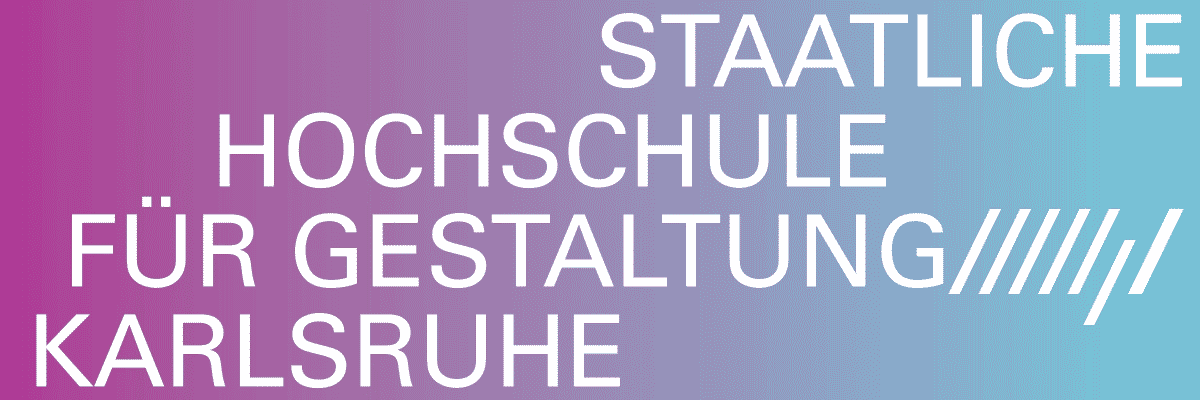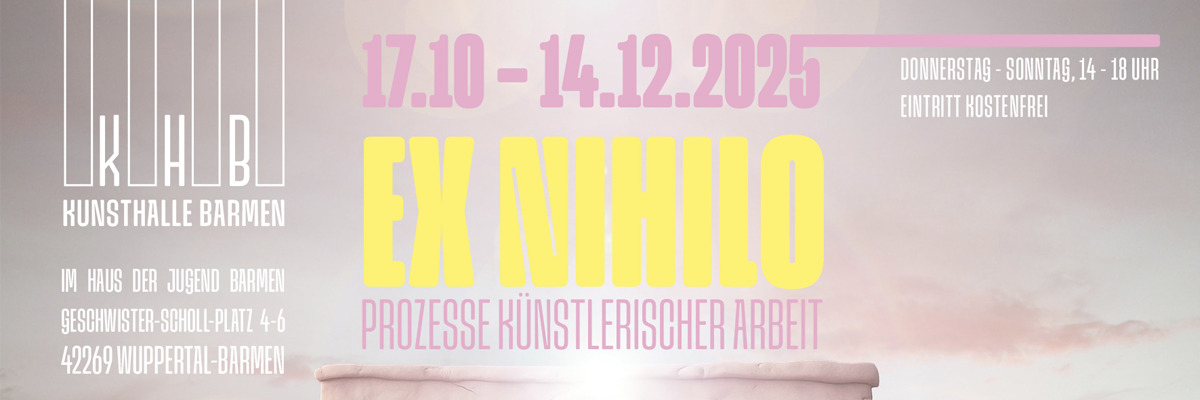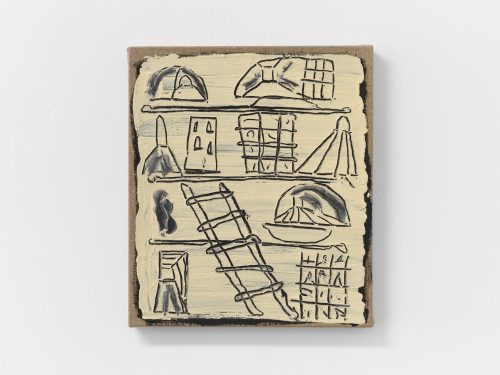
TOMAS ROUBAL
SPAM
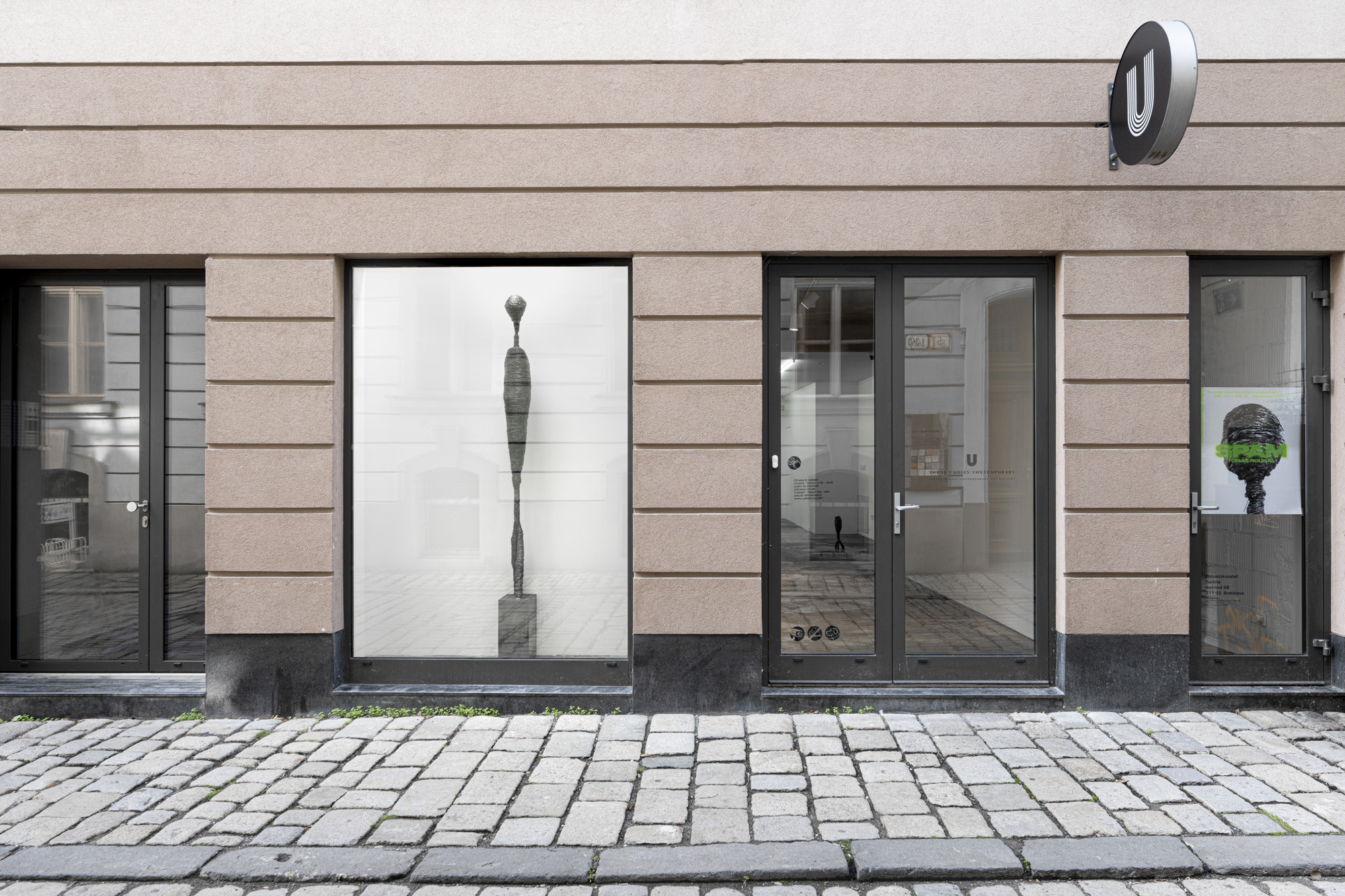
Advertisement
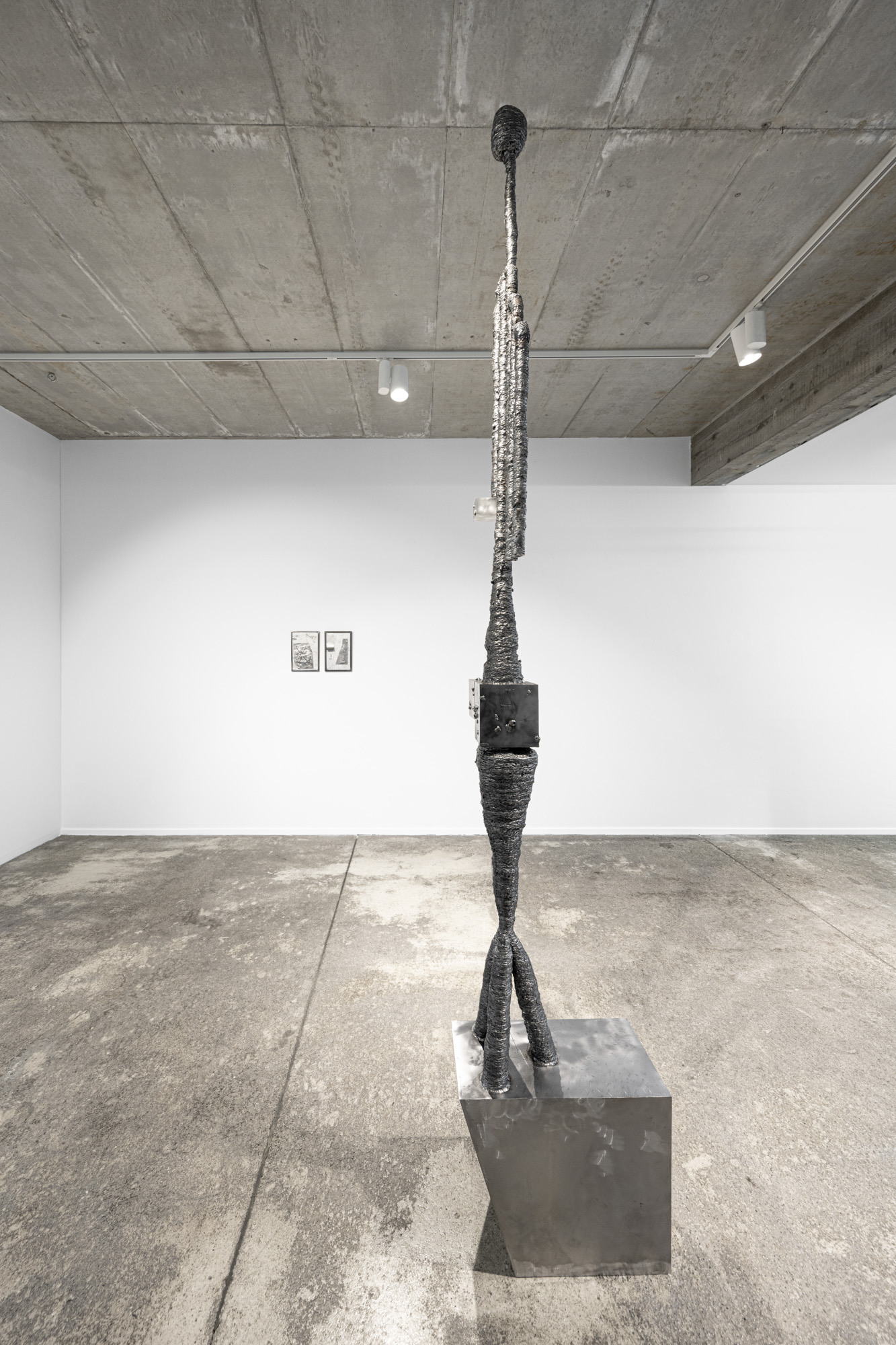
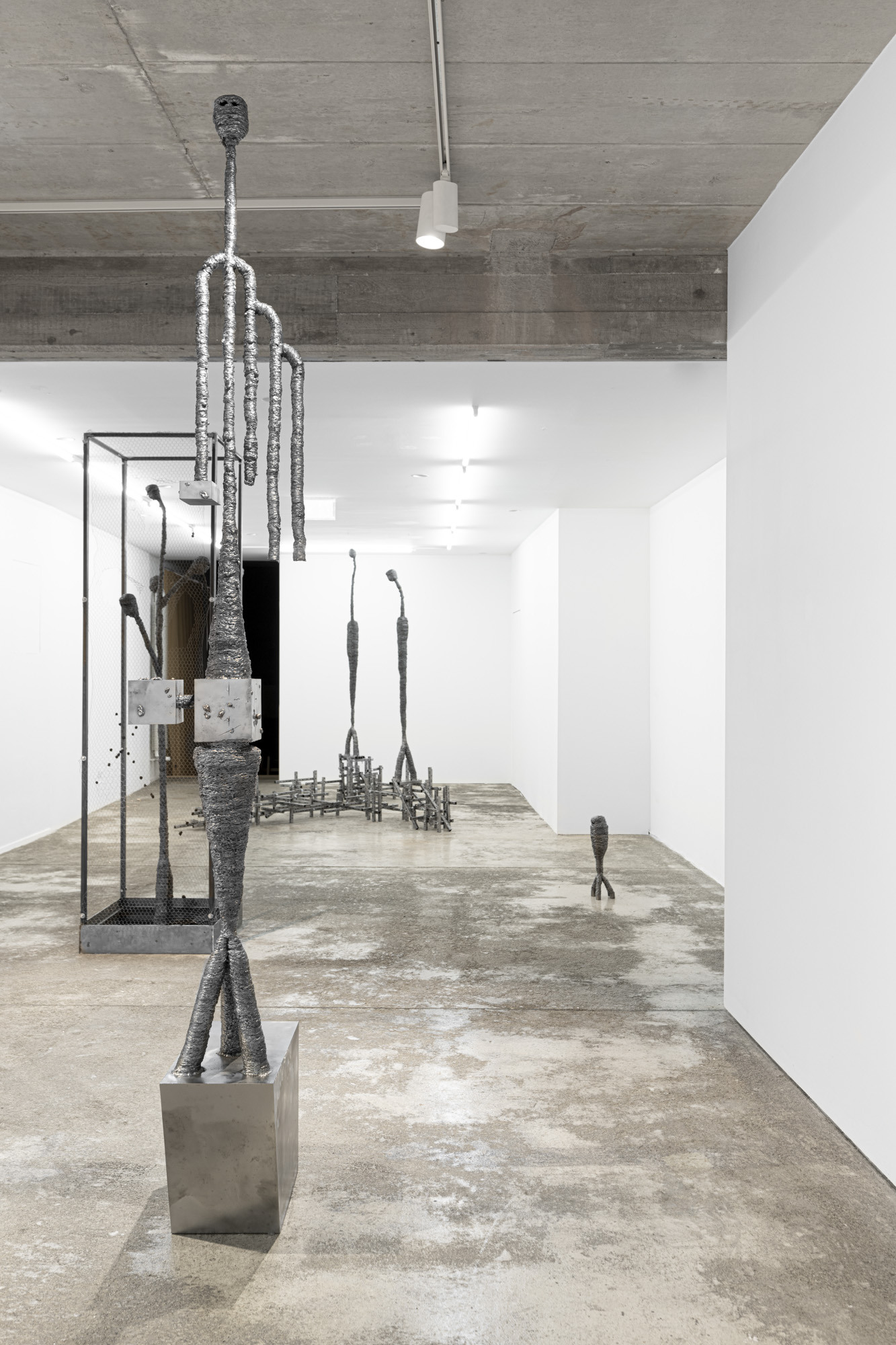
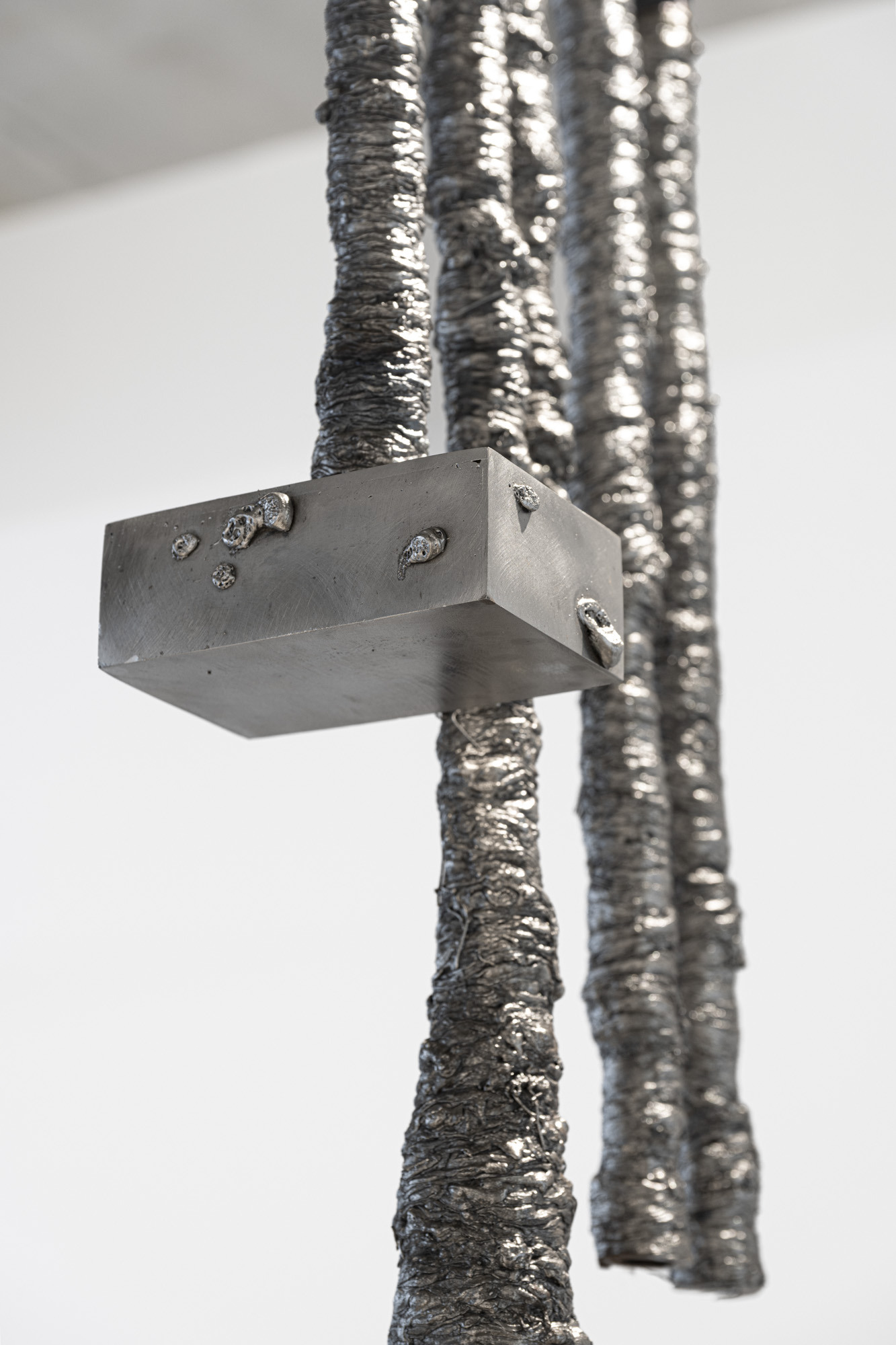
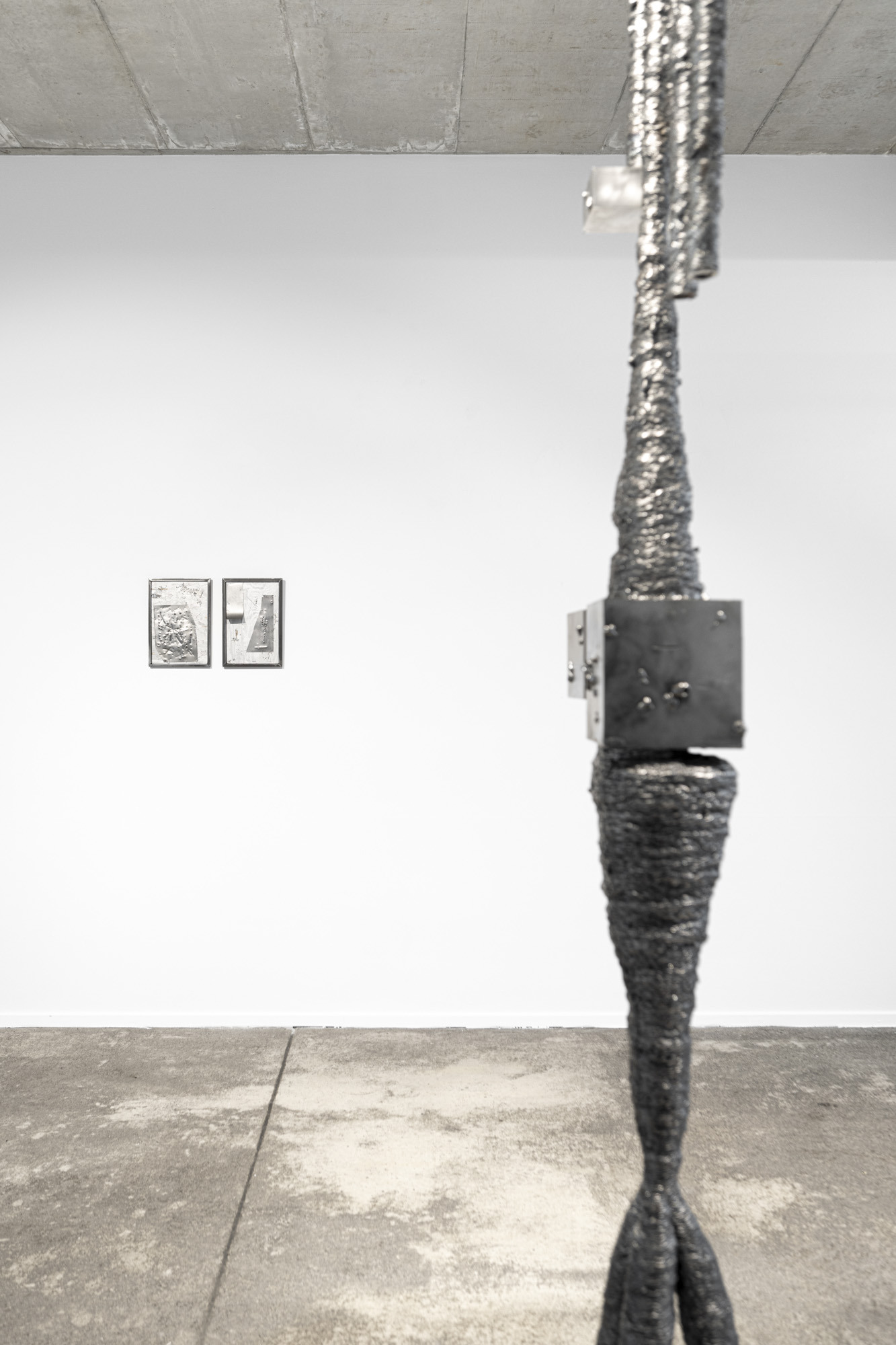
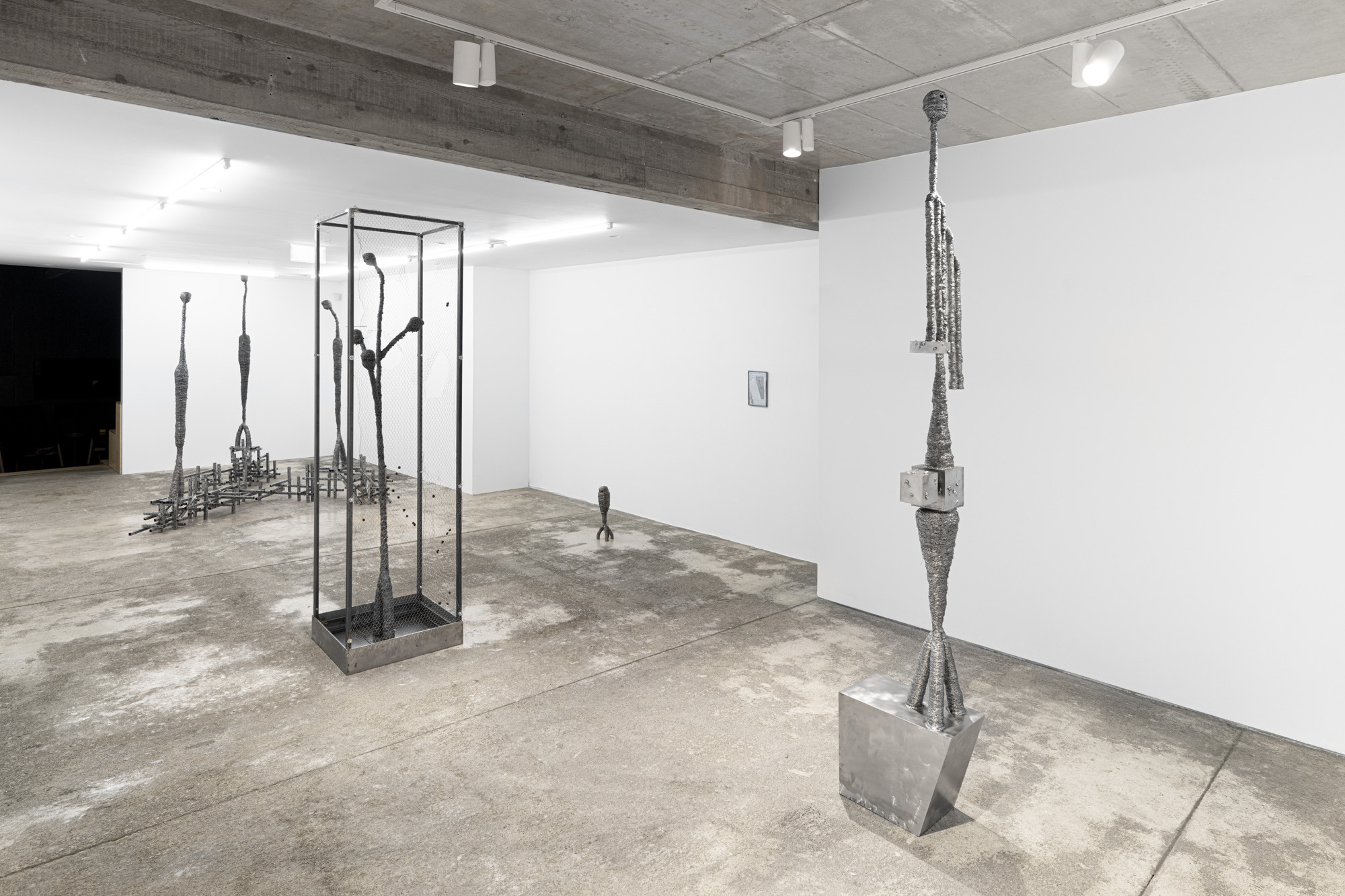
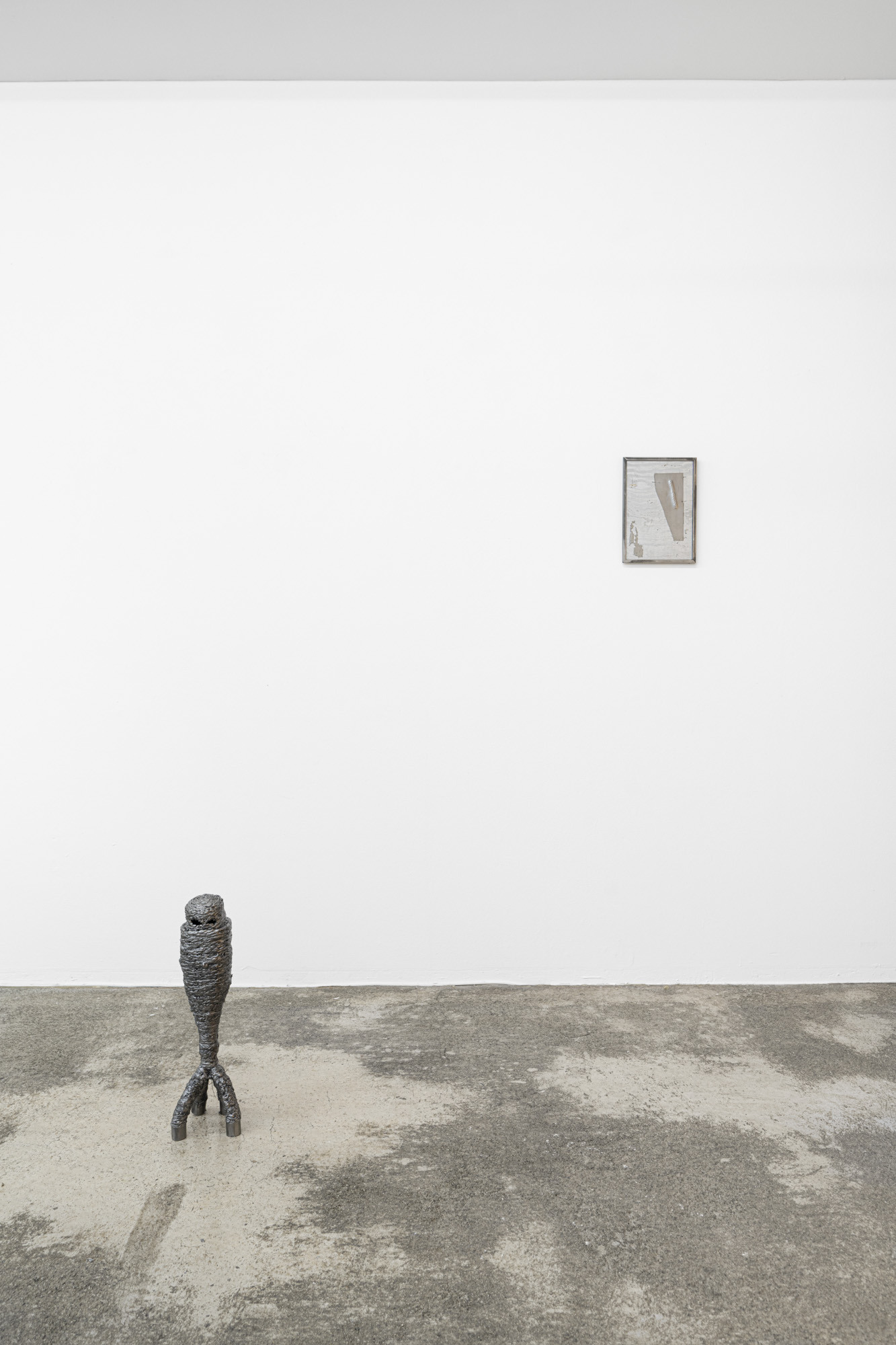
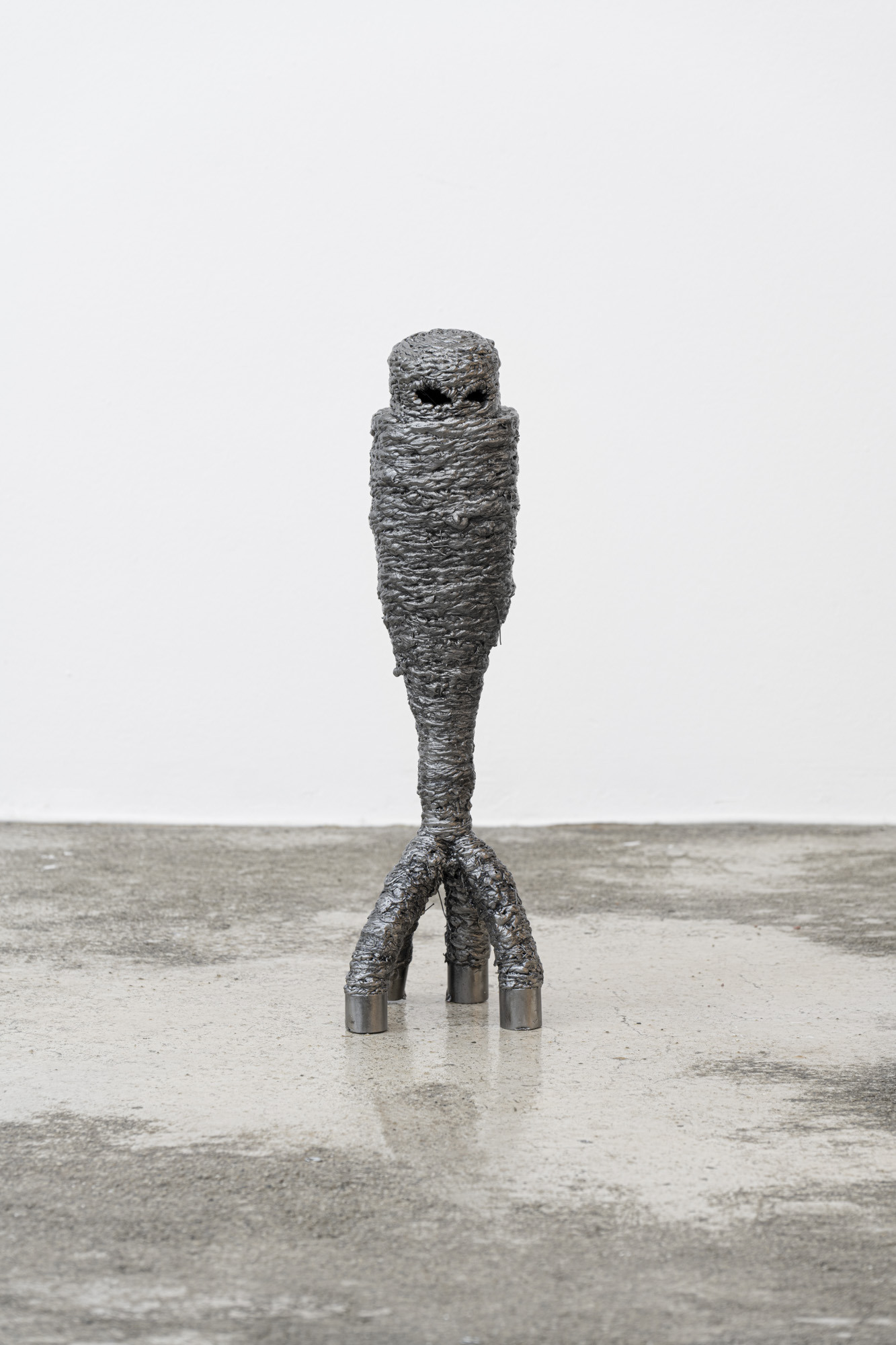
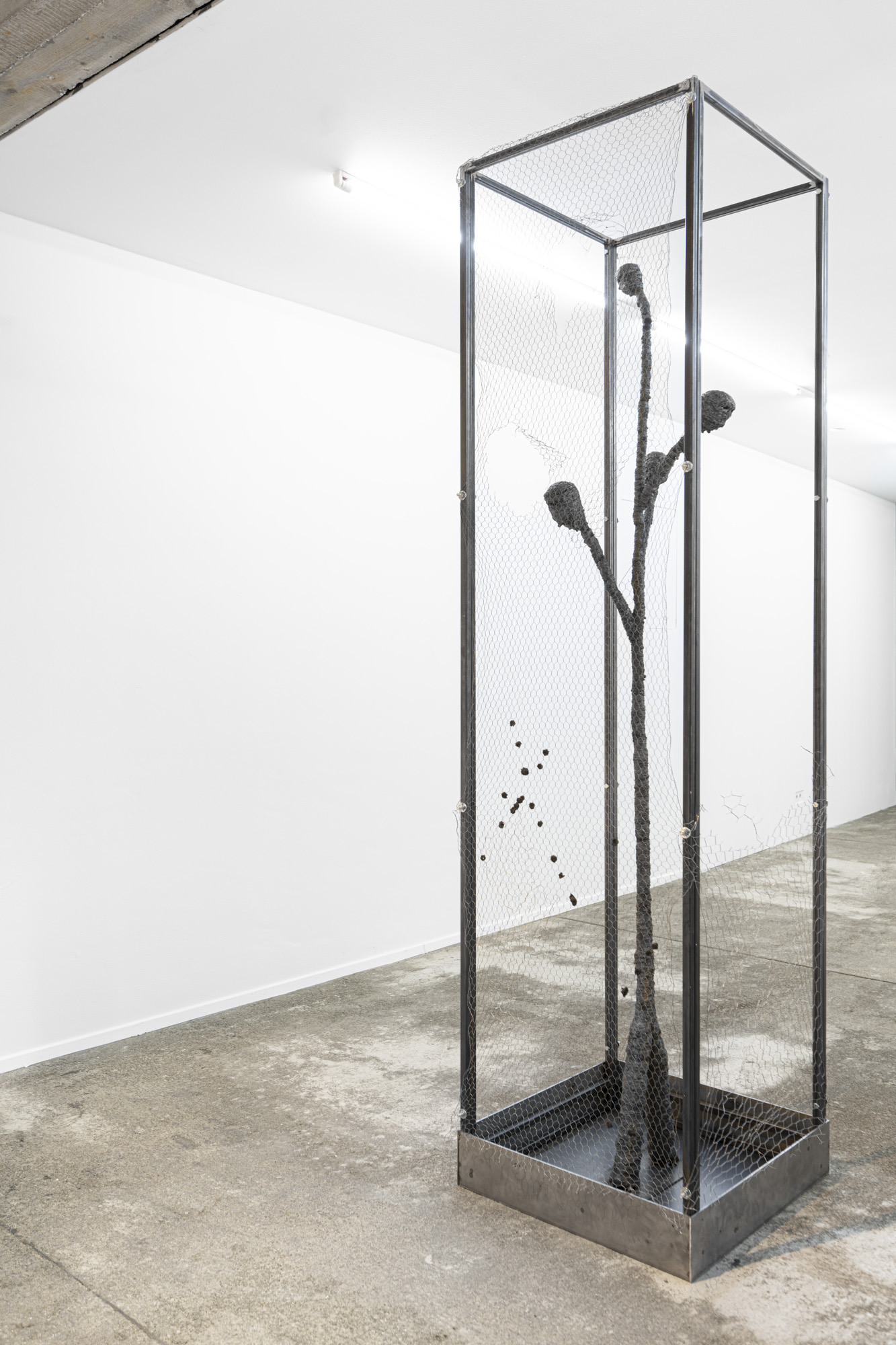



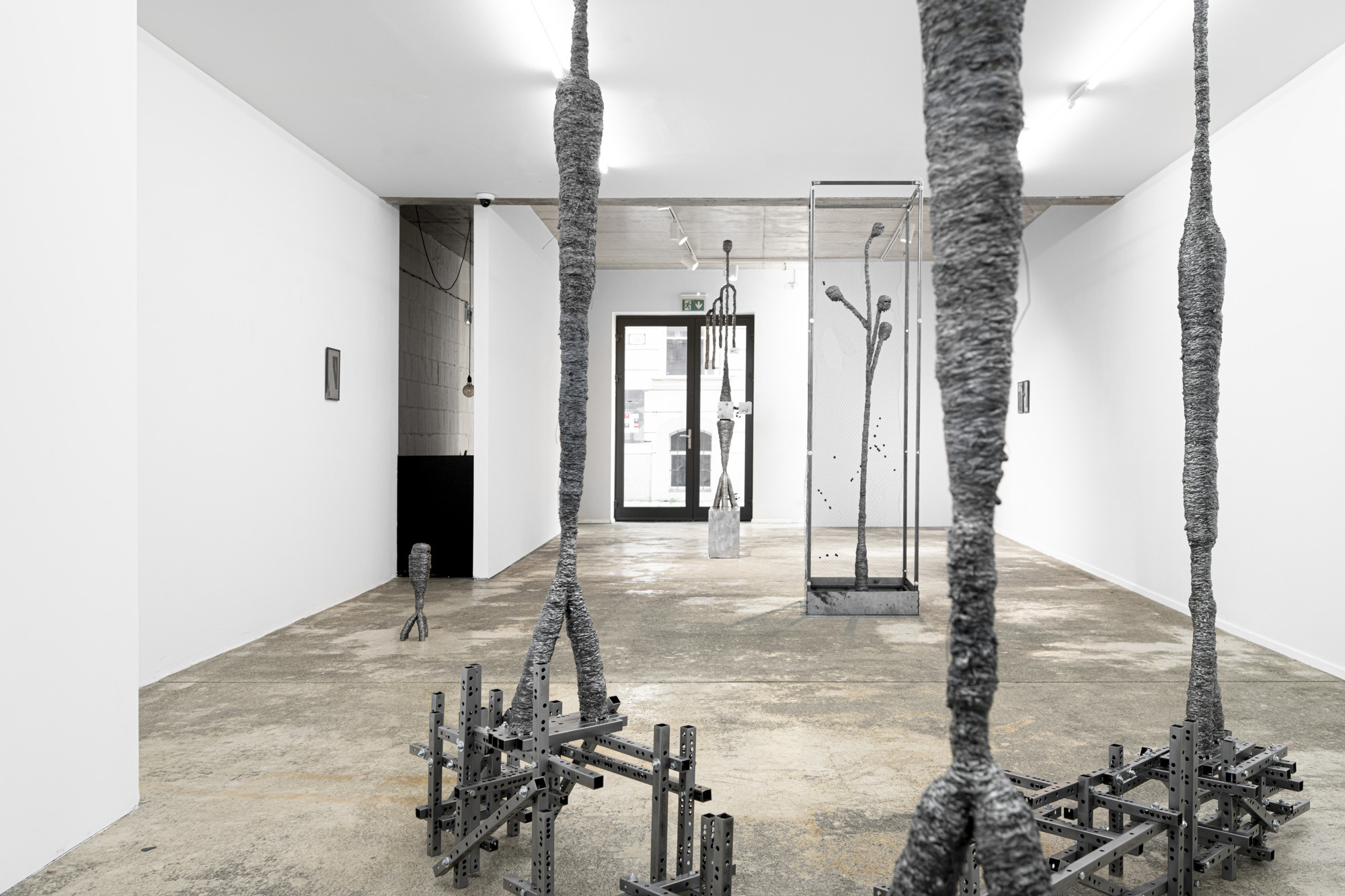


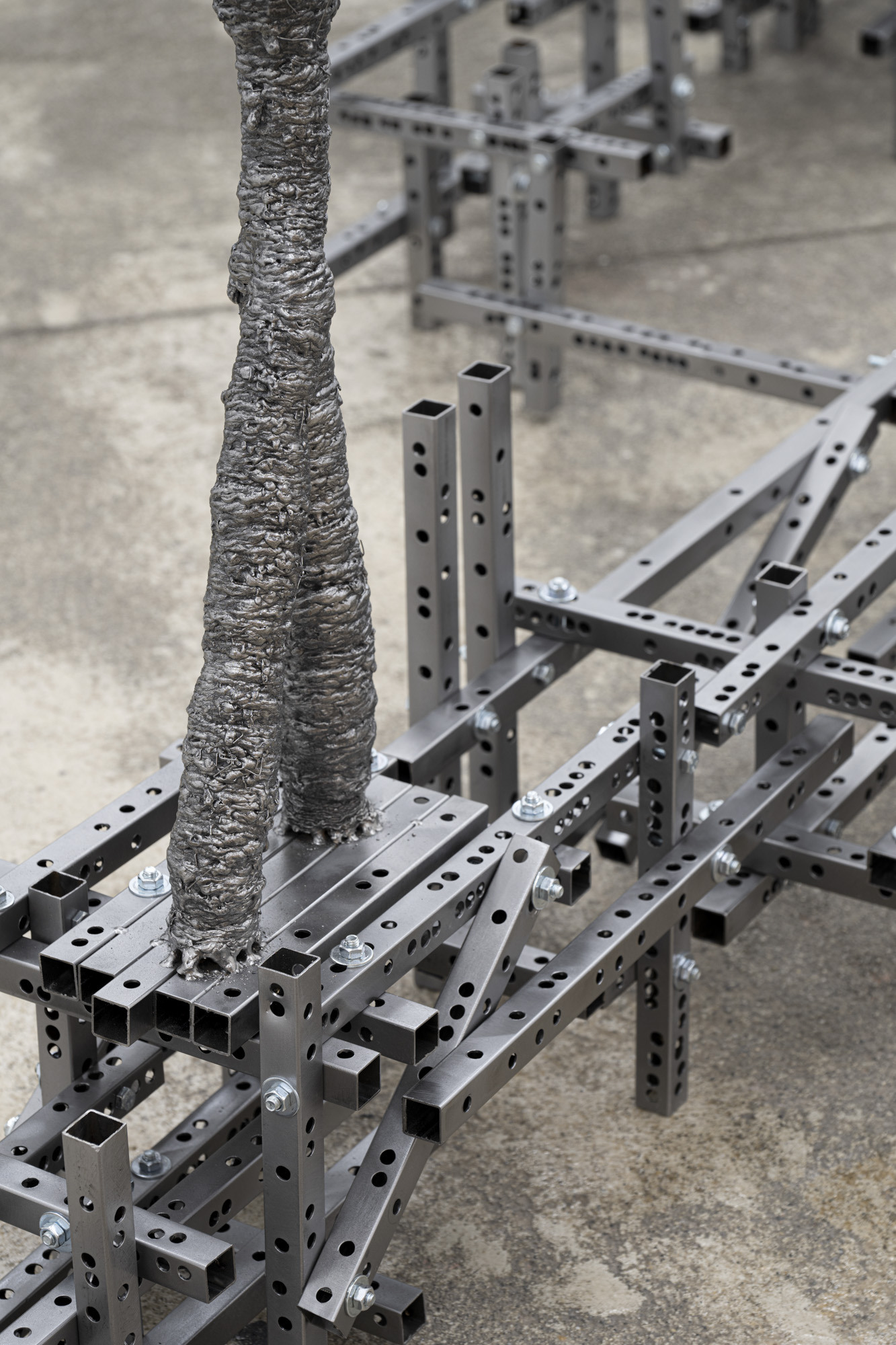
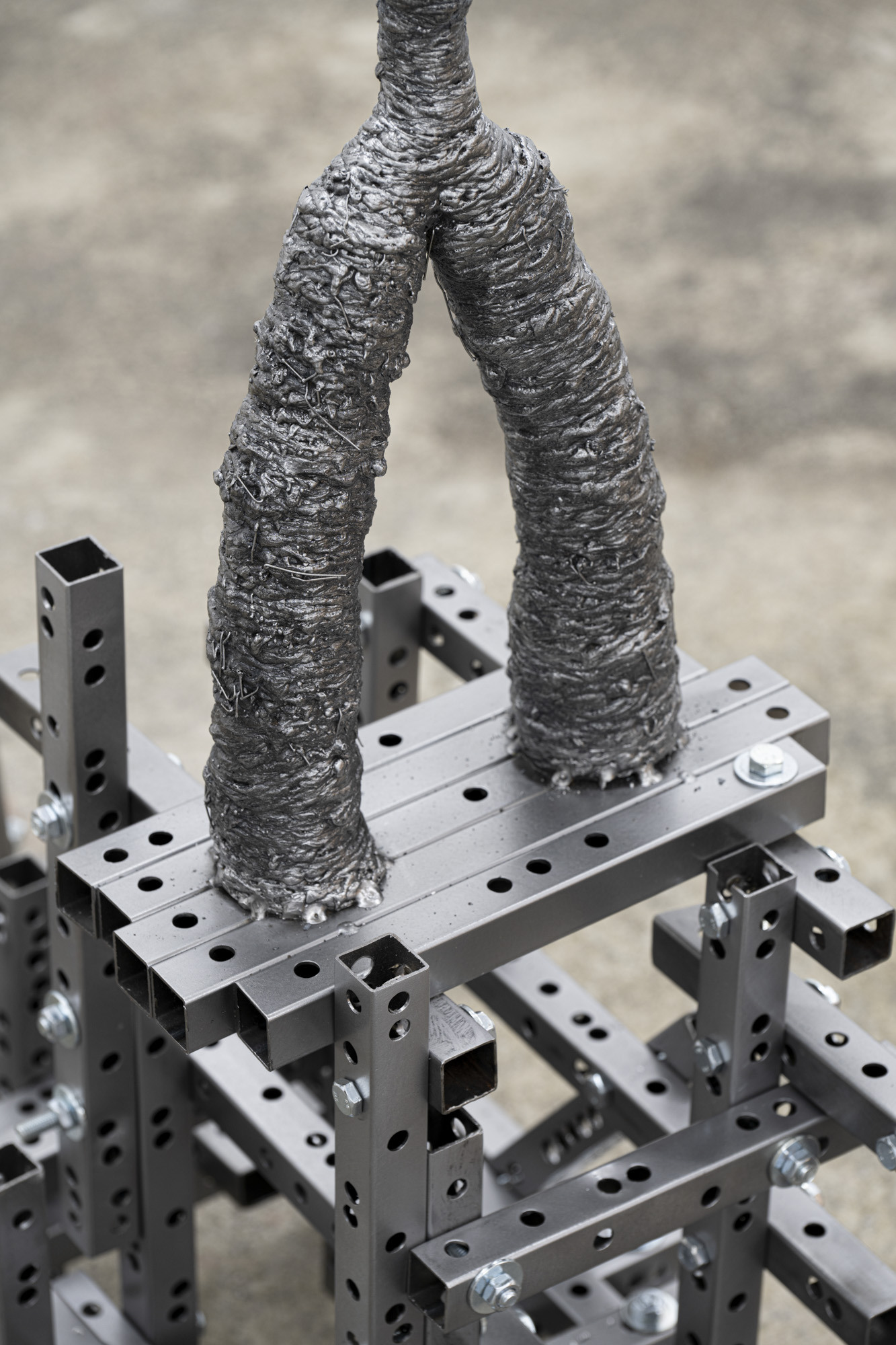
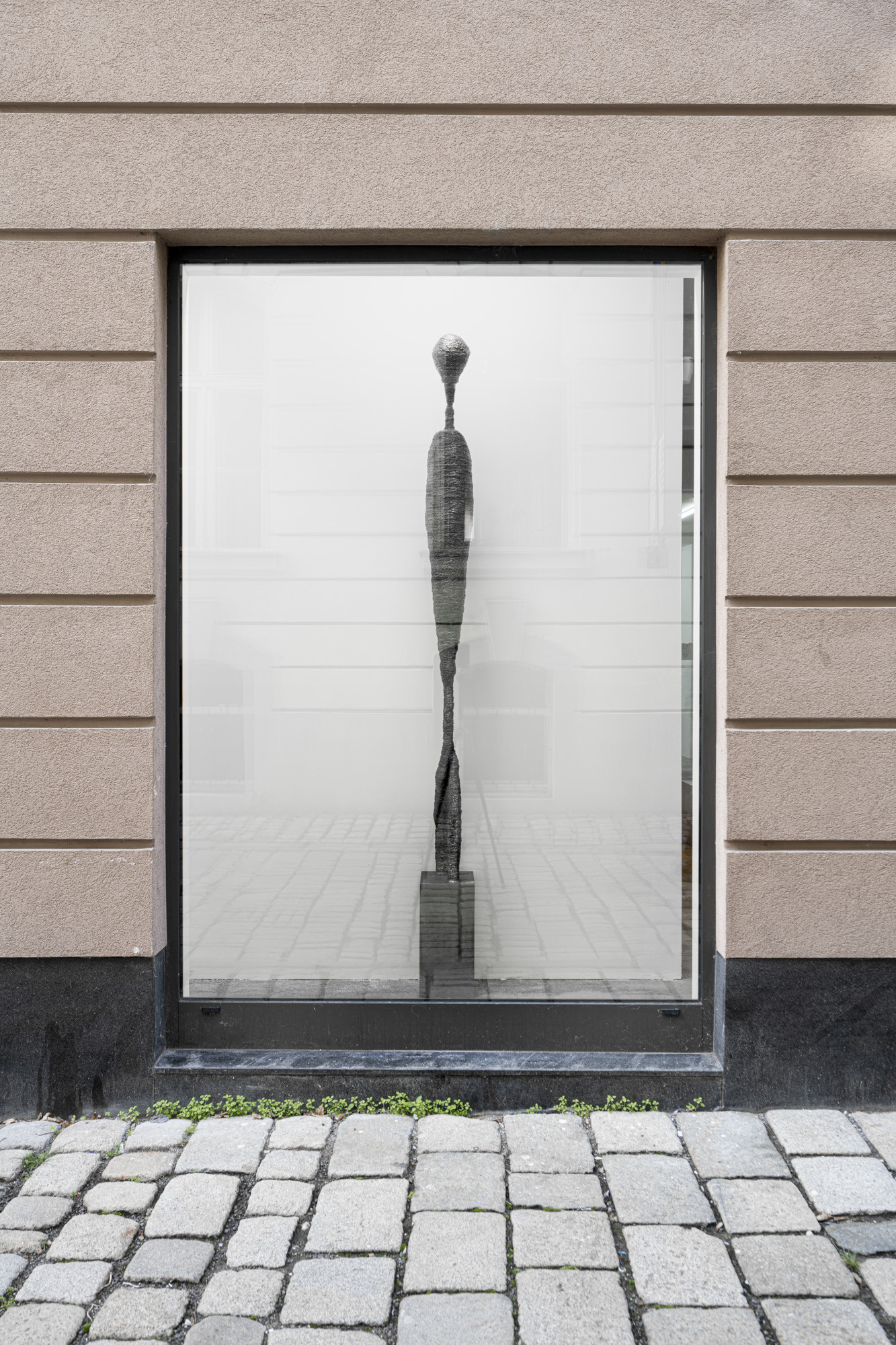

In his exhibition SPAM, at Tomas Umrian Contemporary, Tomáš Roubal presents a critical reflection on the relationship between humans and digital technologies in the post-digital era. Echoes of posthumanism can be felt in his works, where the connection of the human body with technology and the question of the loss of individuality in the digital world are explored. It also refers to the existentialism of the 20th century, when human figures, isolated and alienated, embody the modern affliction of excessive digital connectivity.
Roubal's work naturally follows the ideas of posthumanism, which explores the connection between man and technology. Posthumanism raises questions about the boundaries between human and non-human, especially in the digital age where technology is integrated into everyday life. Sculptures like WEB #1-3, where human figures literally grow out of the Internet, embody this reflection on the disappearance of the traditional boundary between man and digital technology. They create a kind of hybrid being that refers to the philosophy of Gil Deleuze and Félix Guattari, who in their works described the fluidity of human identity in changing environments. Through his sculptures, Roubal explores the extent to which these technologies are capable of not only shaping but also dehumanizing the individual. Roubal's steel figures and their ascetic, anthropomorphic forms have a touch of the existentialism that was dominant in 20th century art and philosophy. Existentialists such as Jean-Paul Sartre and Albert Camus explored the absurdity of human existence and the loneliness of the individual in a world without fixed meaning. These themes also resonate in Roubal's work, where the characters from the Web series embody a form of alienation and isolation, while also being trapped in a web. However, this alienation is moving from classical existentialism to the post-digital level, where people no longer only struggle with loneliness in everyday life, but also with excessive digital connection, which paradoxically leads to even greater isolation. The SPAM object directly reflects the excess of information and the decline in the quality of communication in the digital era. Roubal thus belongs to the line of artists who criticize mass communication and the excess of images in the media environment. Already in the 1960s, artists such as Andy Warhol or Roy Lichtenstein used repetition and mass production as a way of criticizing capitalist society and consumer culture within pop art. Roubal transfers this tradition to a digital context, while his sculpture SPAM is not only about the accumulation of information, but also about its harmful effect on social relations, thereby updating the topic of media manipulation.
At the same time, Roubal's emphasis on geometric and abstract pedestals is inspired by minimalism, a movement that in the 1960s strove for clean, formal solutions focused on the object itself and the space around it. Sculptures like SPAM and their geometric constructions refer to minimalism, but instead of pure formal beauty they bring a critical reflection on our interaction with digital systems. In Roubal's works, the elements of minimalism acquire an additional narrative dimension, where geometry becomes not only an aesthetic form, but a symbol of the structure of power and manipulation.
Tomáš Roubal's SPAM exhibition provides a deep reflection of the current state of human existence in the digital age, where the traditional boundaries between man and technology are blurring. Roubal's sculptures impressively combine the philosophical directions of posthumanism, existentialism and minimalism to critically analyze phenomena such as digital alienation, information overload and social isolation. Through sharp visual language and sculptural innovation, he points to the ambivalent relationship between technological progress and the loss of individuality, thus updating the key questions of the post-digital era.
TOMAS UMRIAN
